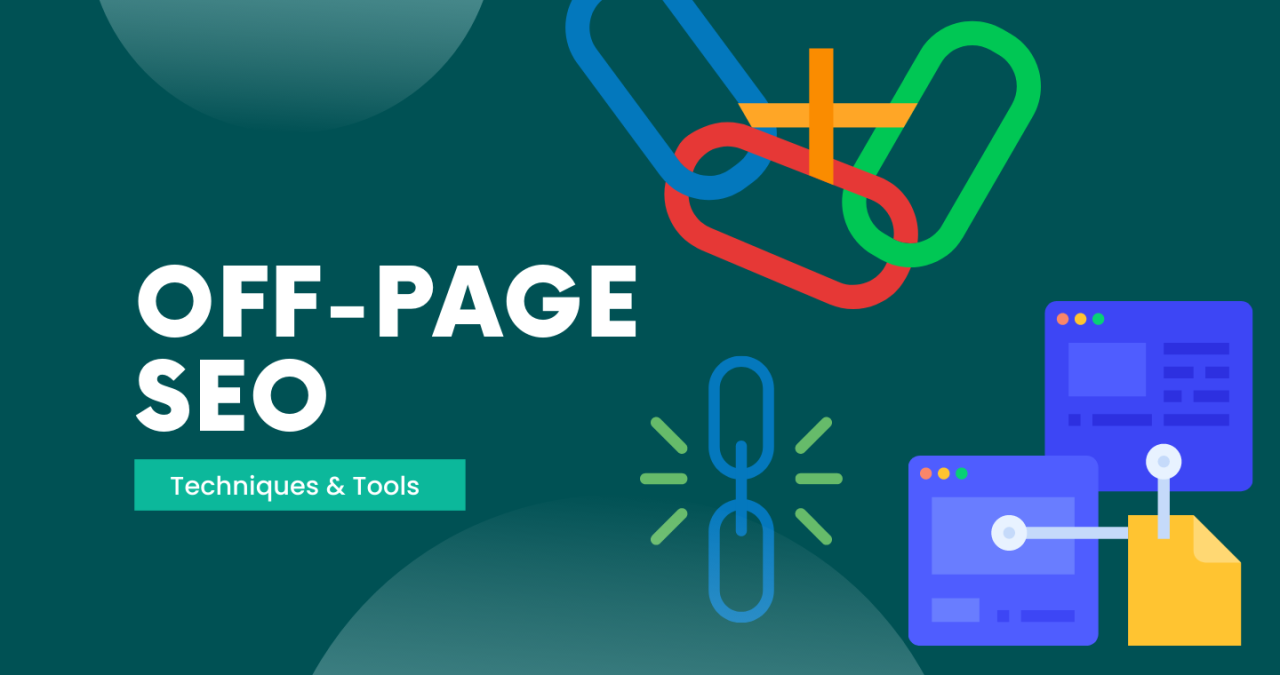As an SEO consultant with over 10 years of experience, Mansoor Bhanpurawala always emphasizes the importance of a properly structured URL for on-page optimization.
The URLs of your website pages significantly impact the user experience, search engine crawling, and keyword targeting.
In this comprehensive guide, I’ll share my proven best practices for creating SEO-friendly URLs based on extensive testing and client implementations.
Here’s what we’ll cover:
- Why URL Structure Matters for SEO
- Key principles for optimizing URLs
- Recommended URL format and examples
- Tools for evaluating and improving URLs
- Redirecting suboptimal URLs
Implementing these tips will help your pages rank higher while providing a smoother user journey. Let’s dive in!
Why URL Structure Impacts SEO
Before digging into the specifics, it’s important to understand why URL structure affects your website’s search performance.
Here are the key benefits of SEO-optimized URLs:
- Keyword targeting: URLs allow you to include relevant keywords naturally.
- Clicks and CTR: Compelling, readable URLs result in more clicks from search engines.
- Indexation: Simple URL formats are easier for search bots to crawl and index.
- Trust signals: Clean URLs with words look more natural and trustworthy vs gibberish URLs.
- Usability: Descriptive URLs help users know what page they are on and navigate your site.
Optimizing your URLs aligns perfectly with creating pages focused on ranking for target keywords. Let’s look at some best practices next.
Also read: 5 Benefits Of Choosing An SEO Company
Principles for Creating SEO-Friendly URLs
These are the key principles I follow when structuring URLs for maximum SEO benefit:
1. Use Descriptive Keywords
- Include your most important keywords early in the URL, ideally in the slug, if possible.
- Avoid overstuffing with keywords. Include one or two target terms at most.
2. Stick to Lowercase Letters
- Use only lowercase letters in the URL. Avoid uppercase, as search engines see uppercase and lowercase as different.
3. Separate Words With Hyphens
- Use hyphens (-) to separate words instead of underscores (_). Search engines interpret hyphens as spaces.
4. Avoid Stopwords Like “a”, “an”, “the”
- Leave out common stopwords that don’t add value, like “a”, “an”, “the”, etc.
5. Shorten the URL Length
- The ideal URL length is under 100 characters. Very long URLs can get truncated in search results.
6. Make URLs Easy to Read
- Use words that regular users can understand. Avoid cryptic parameter strings.
Following these principles will maximize your page’s click-through rate from search results while improving keyword targeting.
Recommended URL Structure and Format
Based on extensive SEO research and real-world tests, I recommend using this URL structure:
Copy code
https://www.yourdomain.com/blog/keyword-focused-url-slug/
For example:
Copy code
https://www.backlinko.com/seo/keyword-research
Here’s why I recommend this format:
- HTTPS – Use HTTPS version for security and SEO benefits.
- WWW vs non-WWW – Choose either www or non-www version for consistency. Use 301 redirects for the other.
- Domain – Brand domain name first for trust and authority.
- Category – Add a category like /blog/ if applicable. Omit if site has a single focus.
- Keyword – Primary keyword next in the URL slug.
- Hyphens – Use hyphens to separate multiple words.
- Pagination – Avoid paginated URLs like ?page=2. Use tags or dates instead.
This structure meets all our best practice principles, targets keywords, looks clean, and puts your brand name upfront.
Let’s look at a few more examples:
https://www.semrush.com/blog/beginners-guide-to-seo/ https://www.quicksprout.com/university/beginners-guide-to-analytics/ https://www.hubspot.com/marketing/instagram-marketing
Now that we’ve covered the ideal URL format let’s look at some tools to help evaluate and improve your existing URLs.
Tools to Analyze and Improve URL Structure
Manually auditing and optimizing your URLs one by one takes forever. That’s why I rely on these handy tools:
MozBar
The free MozBar browser extension lets you quickly view any page’s URL, title tag, links, and other metadata. It makes auditing URLs much simpler across your site.
Screaming Frog SEO Spider
I use Screaming Frog for large sites to crawl all pages and export a spreadsheet listing every URL. This allows me to efficiently sort and filter URLs to identify issues.
Redirection Plugin
WordPress plugins like Redirection allow you to set up bulk redirects for improving old URLs by adding 301 redirects.
Yoast SEO
For WordPress sites, plugins like Yoast SEO automatically generate keyword-optimized URLs when publishing new content.
Leveraging tools like these makes it easy to scale audits and corrective actions across hundreds or thousands of site pages.
How to Improve Existing URLs
When you audit a site’s current URLs and uncover issues, here are the steps I recommend for optimizing them:
- Identify target keywords for each existing page based on the content.
- Update URLs to match the recommended format, including keywords in slugs.
- Use 301 (permanent) redirects from old URLs to the new optimized URLs to pass link equity.
- Change internal links pointing to the old URLs to link to the new URLs.
- Submit an updated sitemap to search engines to re-crawl new URL paths.
- Monitor rankings and traffic on pages with changed URLs to confirm smooth redirection.
Take your time improving URLs across the site. Don’t rush more than 50–100 redirects per month to avoid disrupting rankings. Patience pays off.
Common URL Mistakes to Avoid
Here are some poor URL structures I often come across that hurt SEO:
- Very long URLs with multiple parameters
- Cryptic or numeric URLs like /r83uz2kautns
- Overstuffing URLs with keywords
- Using underscores instead of hyphens
- Uppercase letters in URLs
- Inconsistent URL formatting across sites
Follow the best practices shared earlier to avoid these common issues. Take the time to optimize your URLs, and you’ll notice the traffic and conversion results.
Conclusion
I hope this guide has provided you with a methodology and resources for optimizing your website’s URL structure. Remember, URLs impact search crawler’s ability to index your pages, how keywords are targeted, click-through rates, and the overall user experience.
Optimized URLs align perfectly with creating high-quality, keyword-focused content. Enable your pages to rank for the right terms while guiding visitors smoothly through your site architecture.
Let me know if you have any other questions on implementing SEO-friendly URLs! I’m always happy to chat more and help implement proper URL structure.







